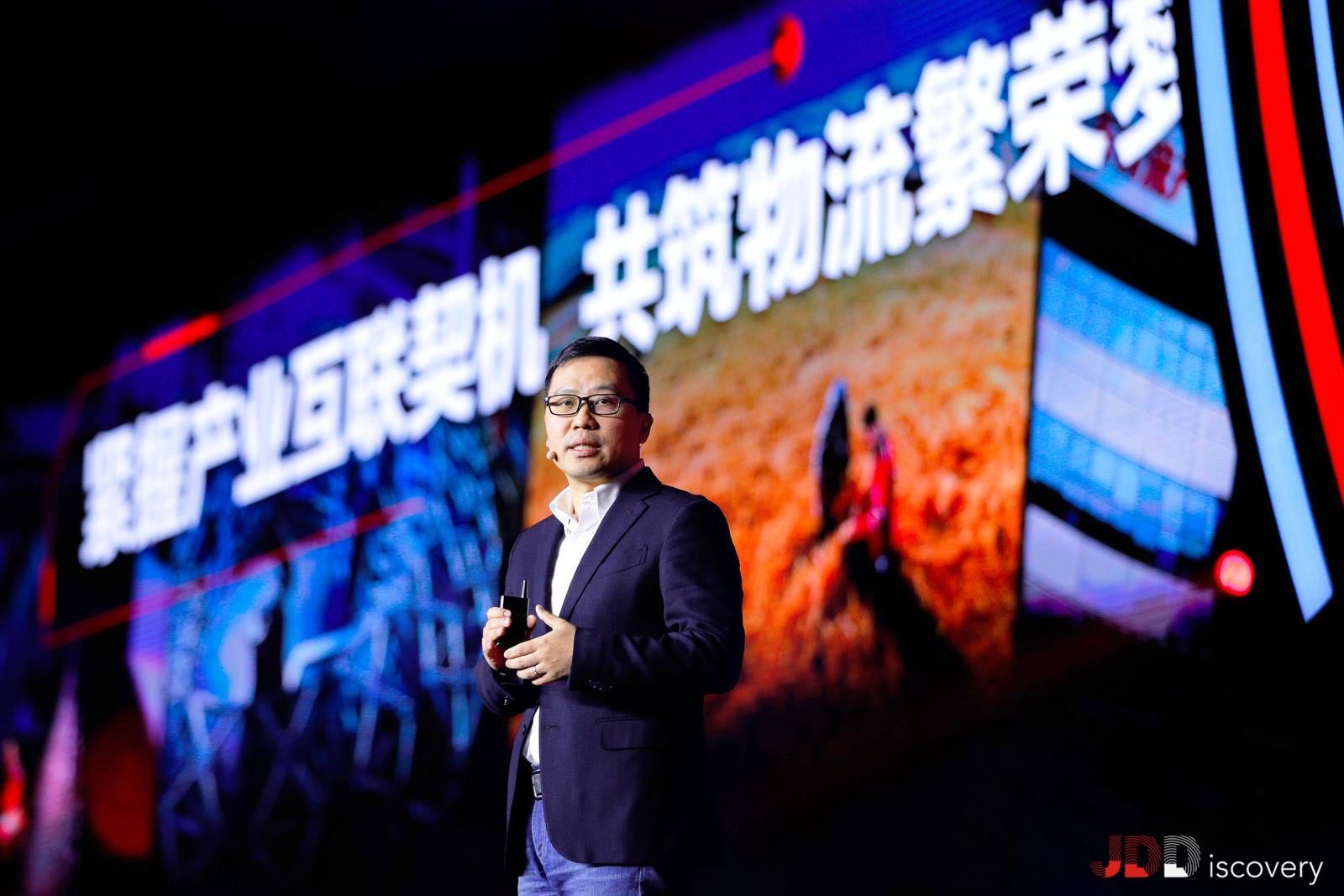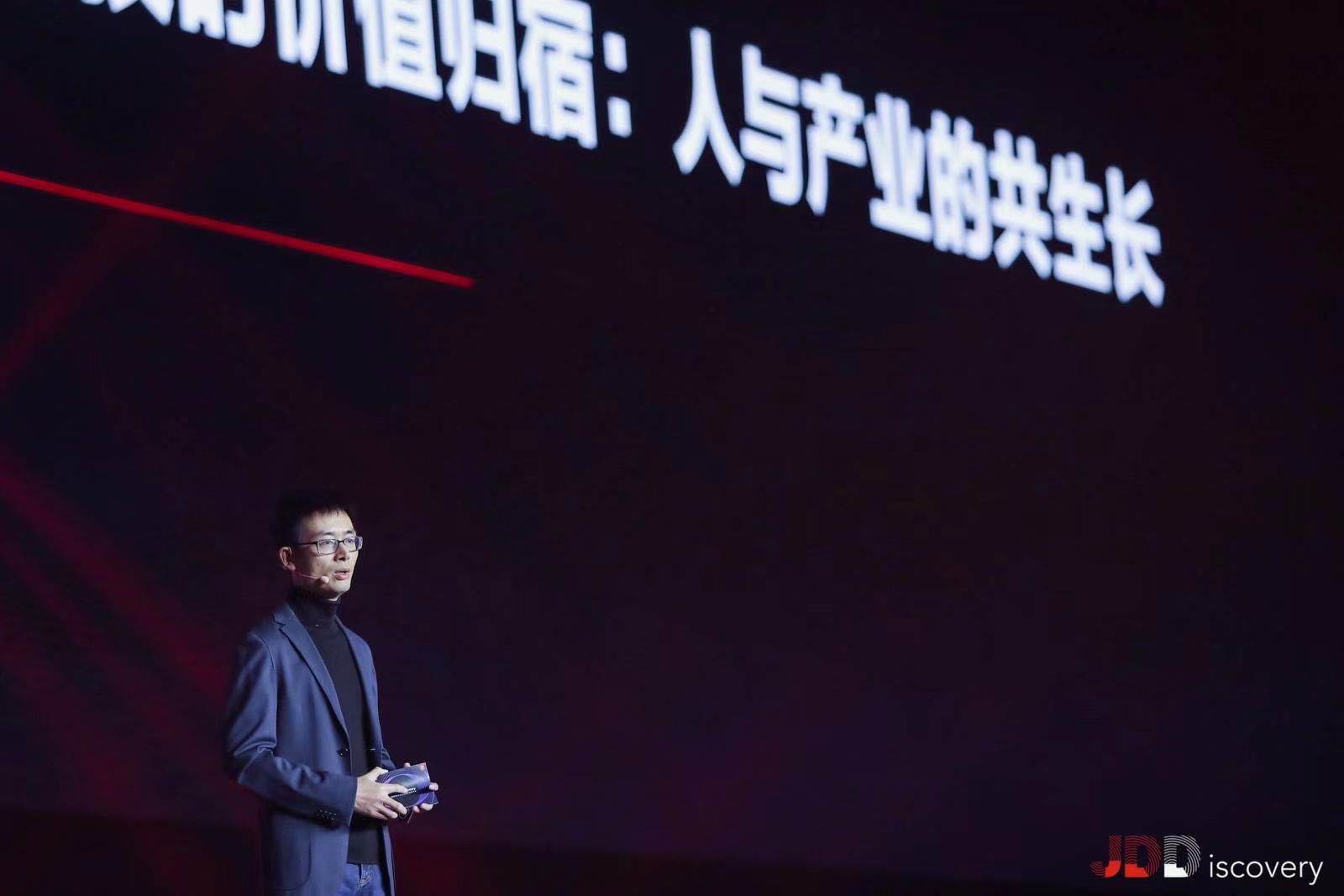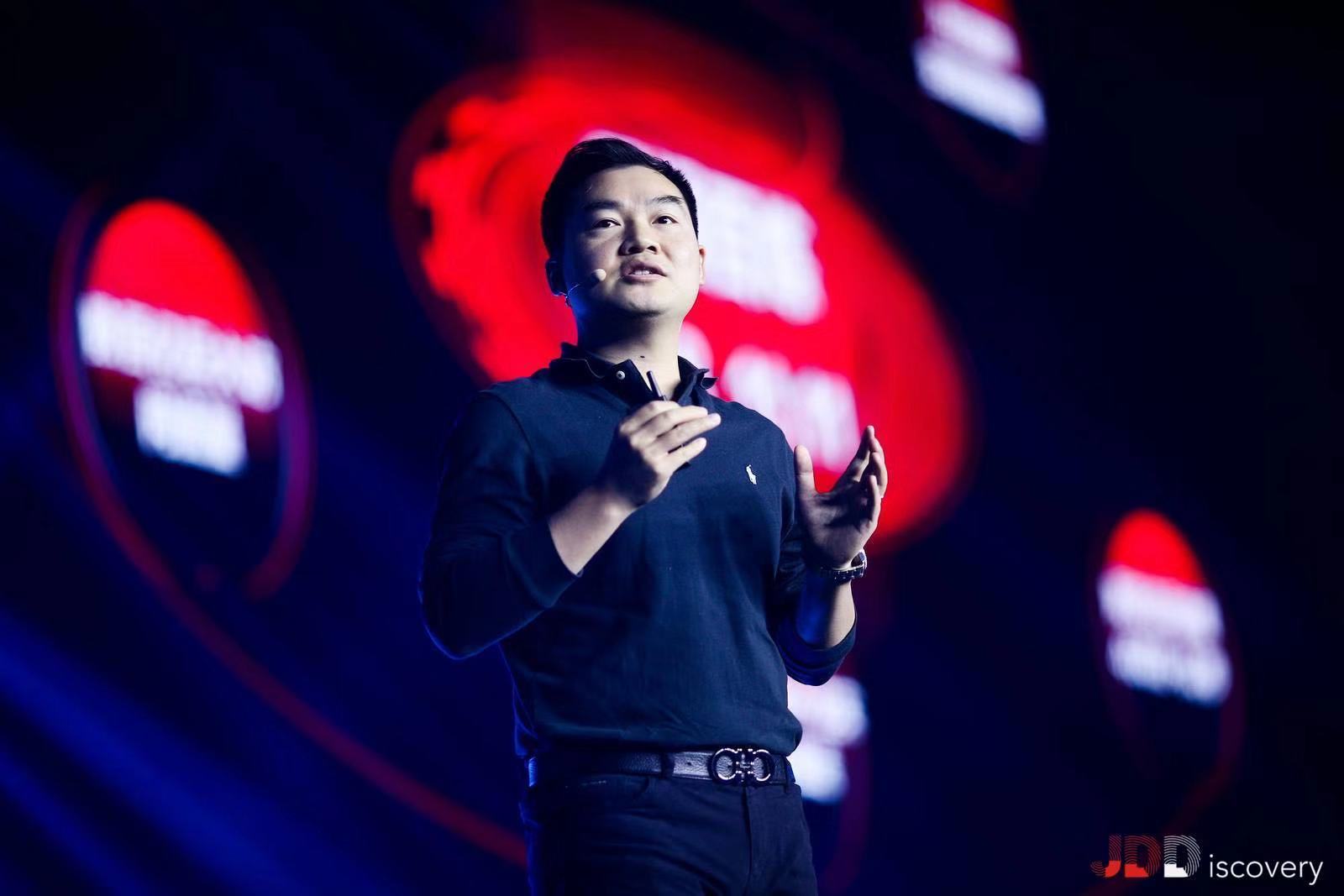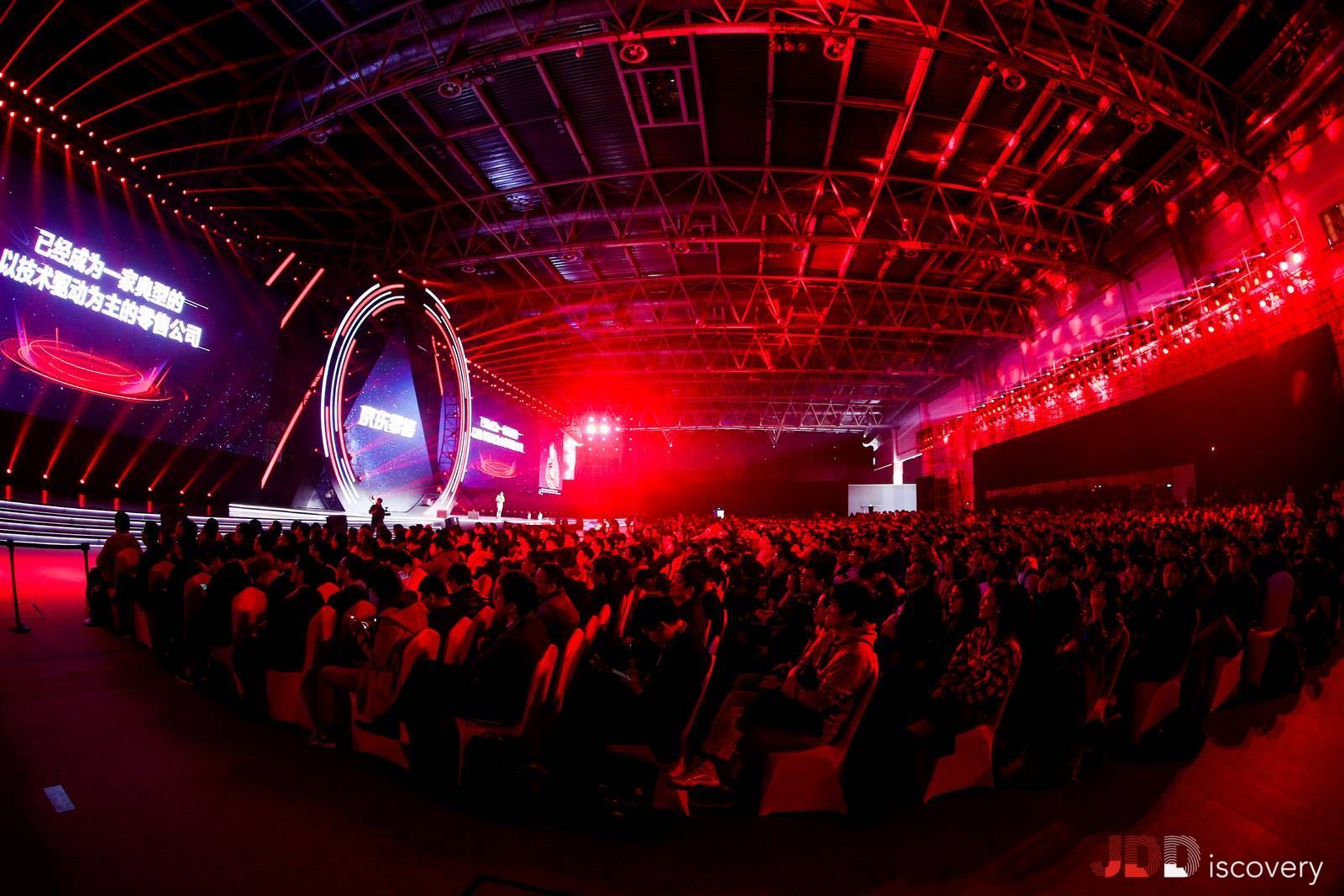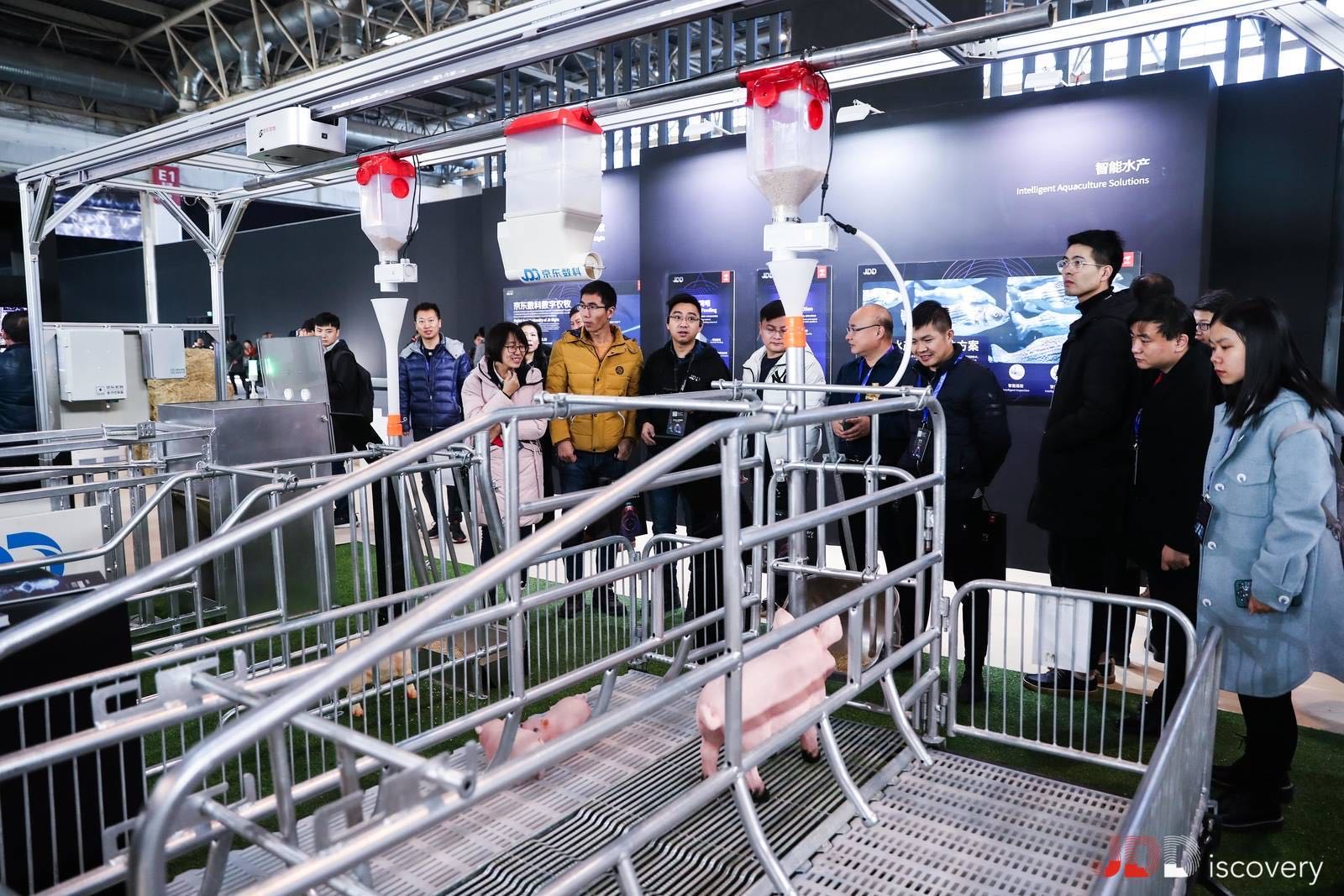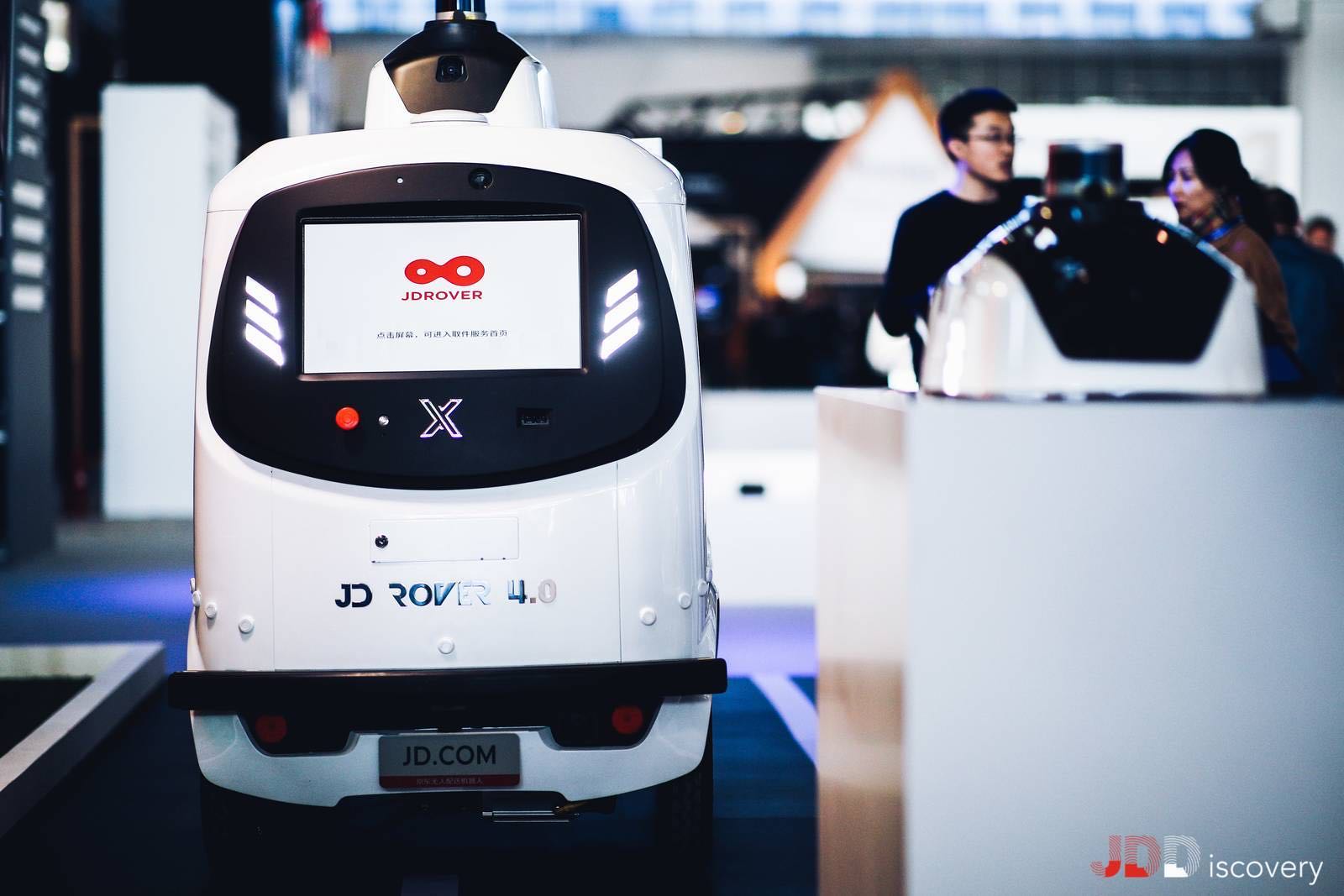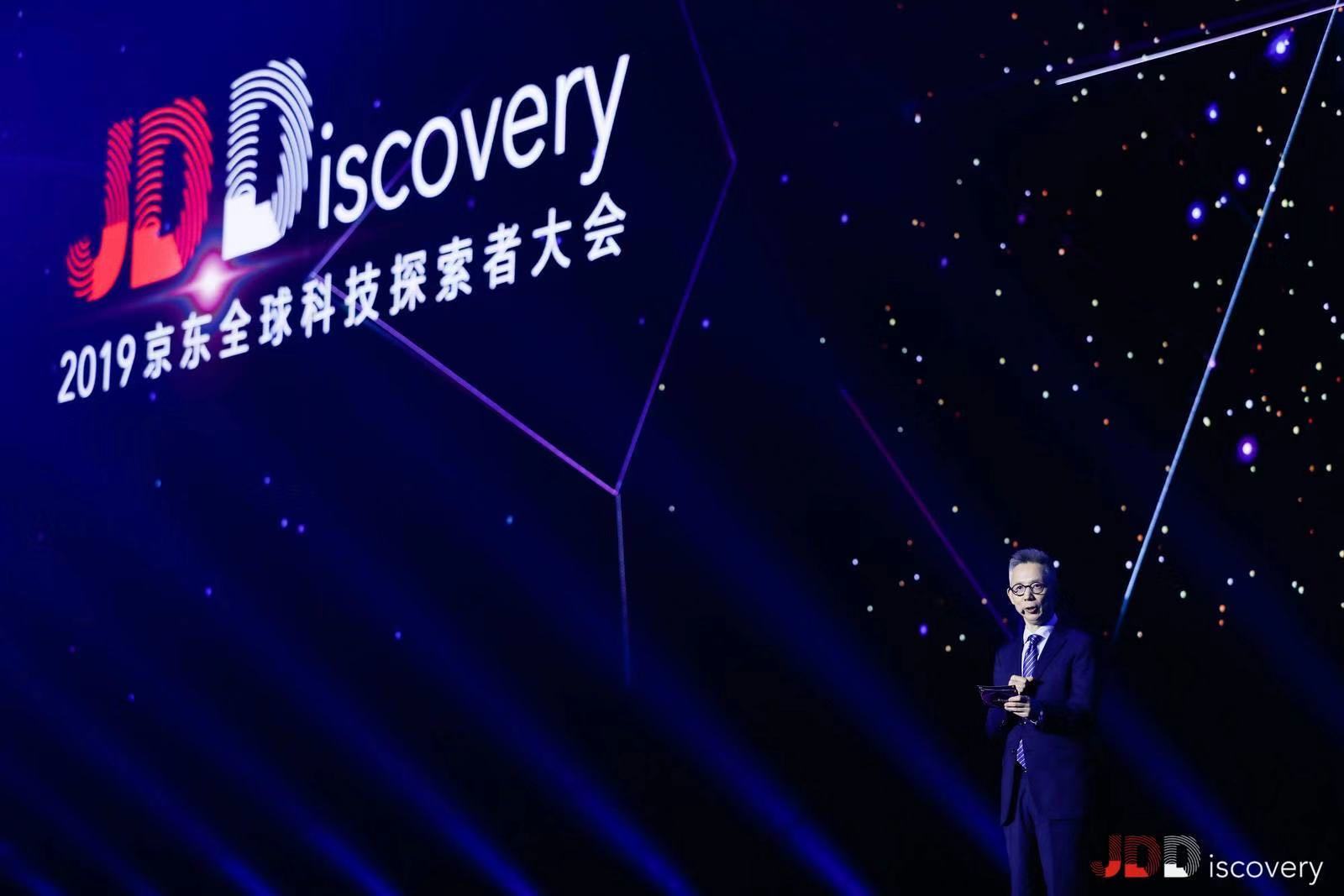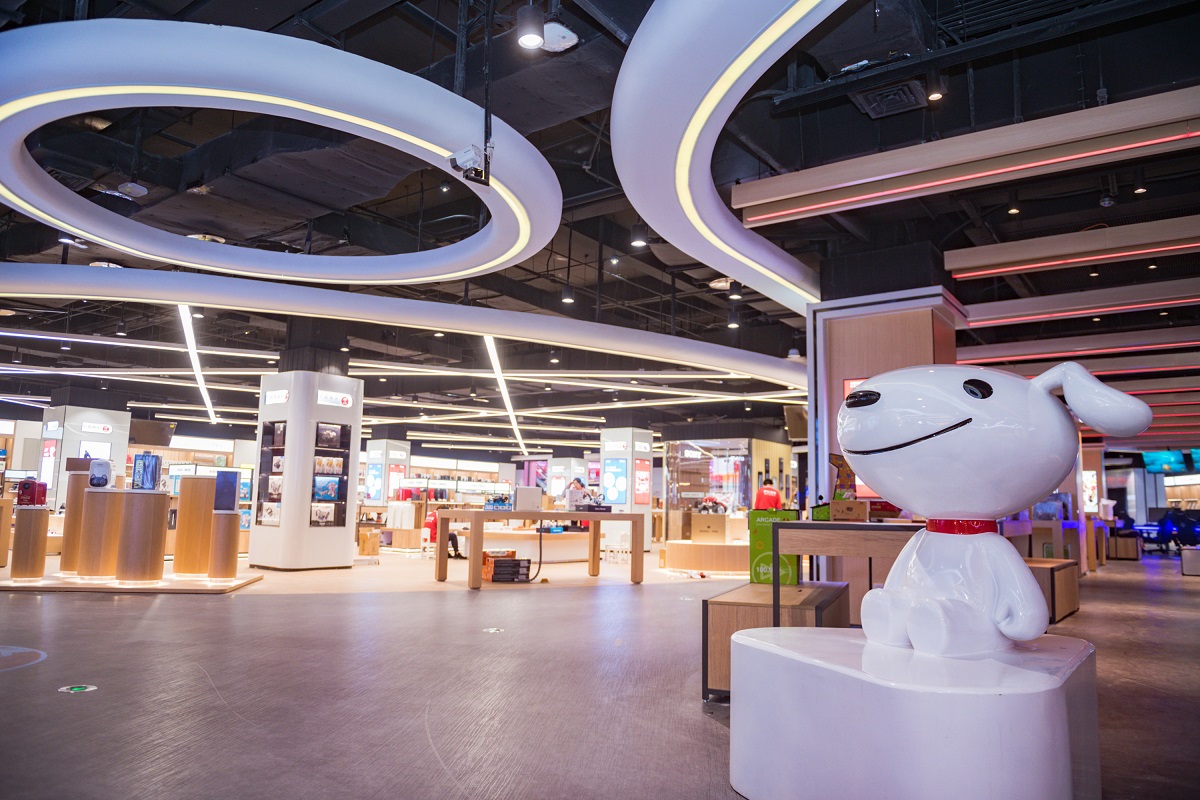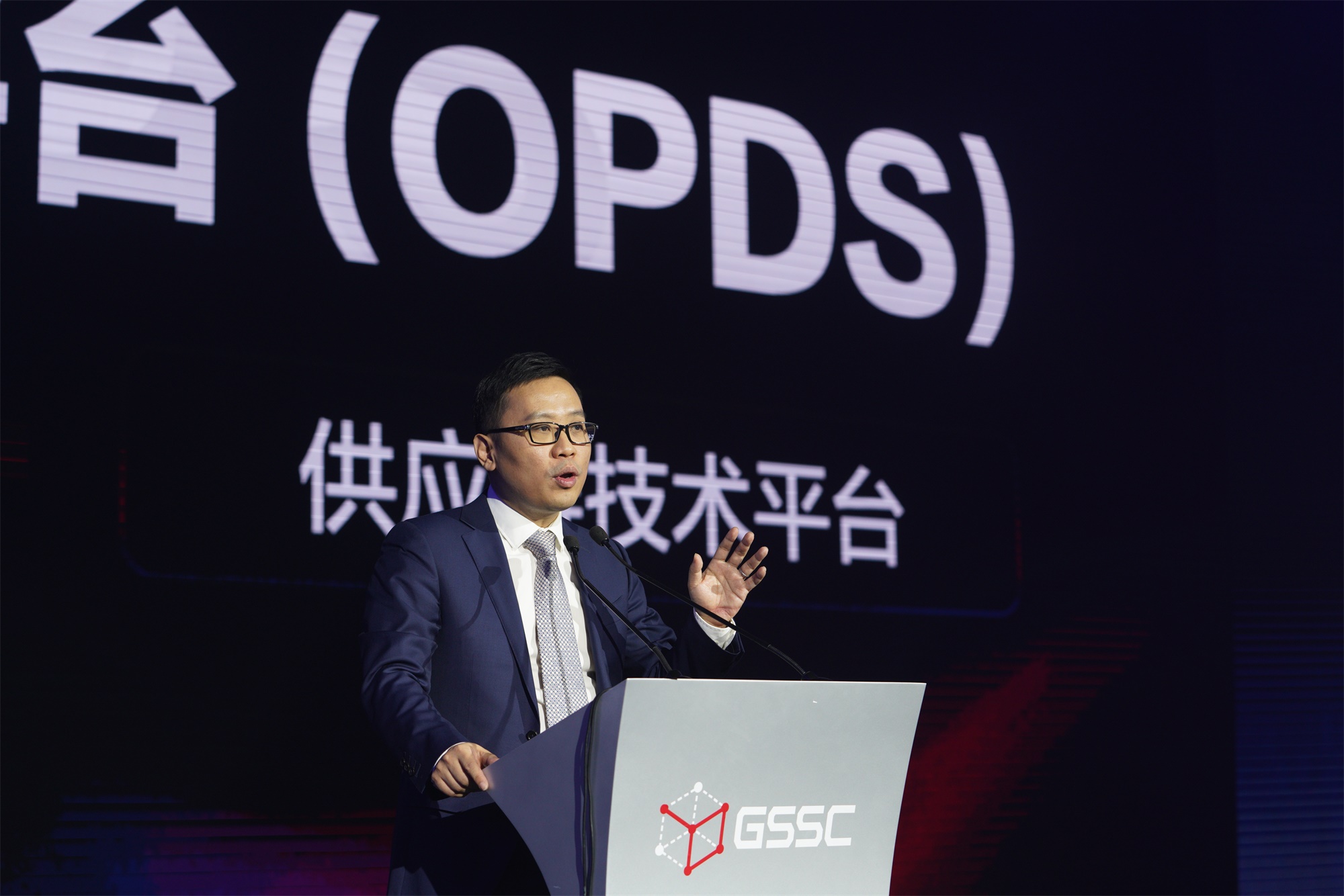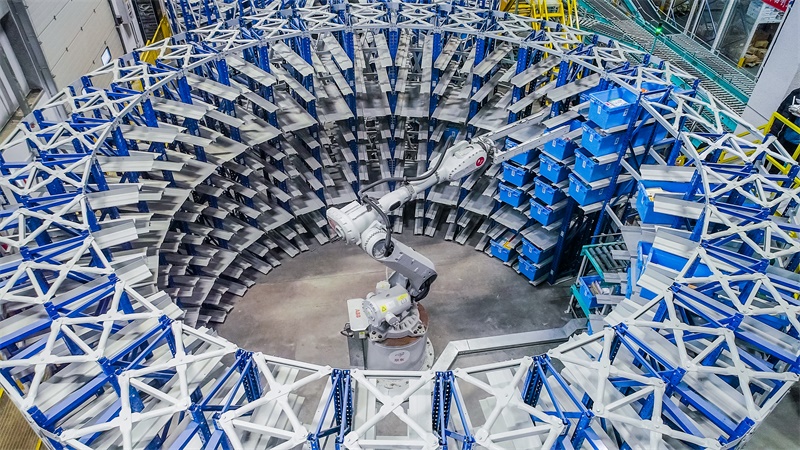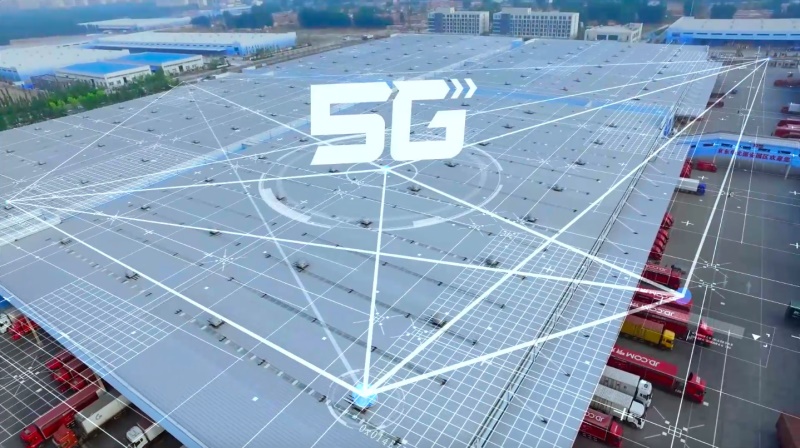The continued pursuit for high quality products and services drove JD.com, China’s largest retailer, to a record breaking Singles Day. Total transaction volume was RMB 204.4 billion for the 11-day sales event (held from November 1-11). Key highlights were performance in lower-tier cities (defined as 3-6 tier cities), continued focus from Chinese consumers on quality products and deeper omnichannel integration across the business. This Singles Day also brought great results for our green supply chain, leading to significant reduction of unnecessary waste. Below please find an infographic with highlights from the sales period, followed by additional analysis.

Lower-tier cities (as defined as 3-6 tier cities)
JD has been investing in lower-tier cities consumption for years, having established its nationwide logistics network to cover these areas early on. Lower tier cities are a key area of growth for JD, and this can be seen by choice of purchase, investment in building our e-commerce platform, Jingxi, which is focused on providing this demographic with good value, quality products, as well as further development of our logistics to provide rapid and trustworthy delivery. Lower tier cities drove new customer growth during Singles Day, with the number of lower tier cities users placing orders increasing 60% YoY and over 70% over new users on JD from lower tier cities.
Consumers in lower-tier cities sought high quality, big ticket items on JD.com for Singles Day. Top categories continued to include home appliances, mobile phones, desktops, sports, baby and maternal products. Popular categories with new users from lower tier cities included oil, shampoo, massage equipment, gifts, foot care basins, and others. Categories enjoying fast growth include luxury products, furniture, sports and apparel, curling irons, smart toilets
Jingxi – how we engage with lower tier cities
Jingxi(京喜)is part of our ongoing strategy to better engage with consumers in lower tier cities and is a big driver of new customer growth. JD has been investing in lower tier cities since our IPO. Jingxi is JD’s Pingou business, rebranded and upgraded, and uses social e-commerce to delight consumers and offers incentives, rebates, and promotions as marketing tools to encourage online shopping. During the Singles Day promotion season, nearly 40% of new customers to JD came from Jingxi, while over 70% of Jingxi users came from lower tier cities, and 55% were women.
Simon Han, Vice President of JD.com and Head of Jingxi shares: “With Jingxi, we’ve developed a platform that can better serve the consumption needs of lower tier cities. JD connects manufacturers of quality products with consumers, providing a clear channel for these goods to reach lower tier cities consumers.”
Consumption Upgrade
It’s clear that Chinese consumers remain confident in spending & when they open their wallets and purses, they seek quality – whether it’s in lower tier or upper tier cities. JD PLUS, our premium membership program providing a range of benefits, saw membership surge to over 15 million. While our new customer acquisition in lower tier cities is strong, we are also seeing solid growth in tier 1 and 2 cities with middle class users. During the Singles Day sales period, the average consumption volume by PLUS members was four times that of non-PLUS members. PLUS members are attracted to new and higher quality products, with one member’s purchase reaching RMB 467,000.
Chunhui Meng, Head of JD Plus: “JD PLUS members are some of our most loyal users and this Singles Day was no exception. PLUS is not just a membership but a lifestyle – our insights reveal that PLUS members like to enjoy their lives, eat good food, care for their families and travel – and we’ve designed our membership to suit these needs by partnering with all sorts of organizations, online and offline. We’ll have a few new partnerships before the end of the year – stay tuned. By helping facilitate Chinese consumers’ pursuit for high quality products and services, JD PLUS has grown to over 15 million members.”
JD’s C2M initiative which leverages JD’s data and analysis capabilities to help brands identify new products to bring to market, remains popular with consumers and Singles Day was no exception. For every five displays sold, two were C2M products. Whether through C2M or other new product initiatives, JD remains the platform of choice for brands to launch new products. 90% of FMCG brands have chosen JD to launch new products.
Omnichannel Integration: E-SPACE
A key component of JD’s overall strategy is leveraging its technology to seamlessly integrate online and offline to put consumers at the center of the retail experience. In its biggest omnichannel pursuit yet, JD E-SPACE, a fully immersive experience store opened officially at midnight on November 11. We had a soft opening on November 8, and JD E-Space officially opened its doors this morning, November 11. As of noon on November 11, more than 30,000 customers had already visited the store. Sales totaled more than RMB 10 million in just the first hour of opening.
Believed to be the world’s largest experience store and the first one to be covered by 5G, JD E-Space is a colossal 50,000 square meter shopping mall in Chongqing that is roughly the equivalent of seven soccer fields. With over 200,000 products available for sale in store, JD E-SPACE redefines the consumer shopping experience with fun and convenience and is equipped with dynamic price tags which ensure consistency of online and offline pricing, and allow for easy purchase and delivery by JD Logistics within one day for people in the area. For more information on JD E-Space, see our blog post here.
AI and Marketing
JD leveraged big data and AI to help customers navigate a “barrage of deals” offered during the Singles Day sales period. We offered product-specific coupons, category-specific coupons, channel-specific coupons, store-specific/brand-specific coupons, and cross-category coupons. This helped consumers save much time and hassle. Our marketing solutions employ technology to help customers make the right selection as well as rewarding them as they go. Live streaming engagement drove average daily sales increase 15 times during Singles Day compared with the JD’s 618 anniversary shopping festival.
JD’s AI open platform Neuhub handled more than 29.8 billion requests during Singles Day, which provides content review, sentiment analysis and voice recognition technology support. JD.com’s Smart Sentiment Customer Service handled over 34 million inquiries while JD’s StarLink IoT platform supported over 10,000 offline stores transforming to smart stores, integrating over 1,000 technologies and applications.
JD Logistics: Deeper, Faster, Greener
While we’ve invested in lower tier cities since our IPO in 2014, we are going even deeper with our logistics in China to improve delivery speed. This Singles Day, 90% of China’s administrative districts and counties achieved same- or next-day delivery speeds.
Our commitment to responsible consumption throughout our business and advocating for a sustainable supply chain has paid off. JD Logistics has prevented over 40,000 tons of waste this Singles Day sales period, from recycling, to saving over 18.6 million meters of tape. Meanwhile, cold chain incubators have been used 1.4 million times while 50,000 logistics pallets from the JD Cloud Box project have been shared and used in the industry, which is equal to saving 12,500 trees. From November 1-9, Rooftop photovoltaic power generated nearly 30,000 kilowatt-hours of electricity in JD’s Shanghai Asia No.1 logistics park, which is equal to one 1.5P air conditioner continuously on for three years. From November 1-9, over 5,000 new energy vehicles traveled 9 million kilometers, which is equal to 115 laps around the Earth.
“Our commitment to sustainable logistics and supply chain is bringing us very tangible results,” said Feng Gao, Head of Green Stream Initiative, JD Logistics. “A clear example of this is that over the course of the Singles Day sales period which we are just wrapping up, we’ve reduced 40,000 tons of delivery waste through implementing recyclable packaging, using slimmer tape, going paperless and more.”
* Transaction volume is calculated to include total value of all orders for products and services placed in the company’s online platform, regardless of whether the goods are sold or delivered or whether the goods are returned and shipping charges paid by buyers to sellers, and excludes products or services with list prices above RMB100,000 as well as transactions conducted by buyers who make purchases exceeding RMB1,000,000 in the aggregate in a single day (similar to the company’s major industry peer GMV definition)






